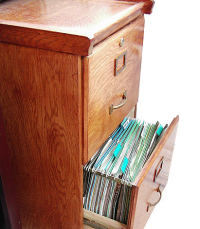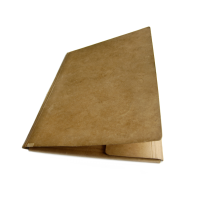The number one mistake I see with newcomers to joomla is a failure to understand the Section, Category, Article structure of content.
How many times do you see people either reject joomla or spend hours developing complicated and convoluted solutions to satisfy their desire to have nested sub-categories?
And yet the truth is you don't need them. The problem is that they are trying to match their frontend menu structure with their backend filing system.
Once you fully understand the backend filing system you will quickly see how things work and that it is a perfectly sensible and logical system.
Over the years I have adopted the analogy of a "filing cabinet", I believe our American cousins call this a "file cabinet", to simply and quickly explain how the filing system works.

All joomla articles are stored in a filing cabinet.
Each drawer in the filing cabinet is a section. You can have as many drawers as you want, there are no ceiling height restrictions in joomla.
Obviously you can't place a drawer inside a drawer so you can't have sub-sections.
 Inside the drawer you have folders. Each folder is a category. You can have as many folders as you want, there are no maximum drawer depths in joomla.
Inside the drawer you have folders. Each folder is a category. You can have as many folders as you want, there are no maximum drawer depths in joomla.
Obviously you can't place a folder inside a folder so you can't have sub-categories.
Inside the folder you have pieces of paper. Each piece of paper is an article (content item). You can have as many pieces of paper as you want, all folders in joomla expand to fit the content.
 On top of the filing cabinet is a nice tidy tray. This is where you put the occasional "un-categorised" content, static content in the joomla 1.0 world.
On top of the filing cabinet is a nice tidy tray. This is where you put the occasional "un-categorised" content, static content in the joomla 1.0 world.
I hope you find that this makes as much logical sense to you as it has done to the hundreds of people I have trained with this method.
So the next time you are building a web site and are sketching out your Section/Category filing structure in your notepad, (you do plan the site on paper first don't you?), keep the filing cabinet in mind.
[TIP: On complex sites I often find it helps to draw multiple filing cabinets so that I can group related sections together into their own cabinets.]






